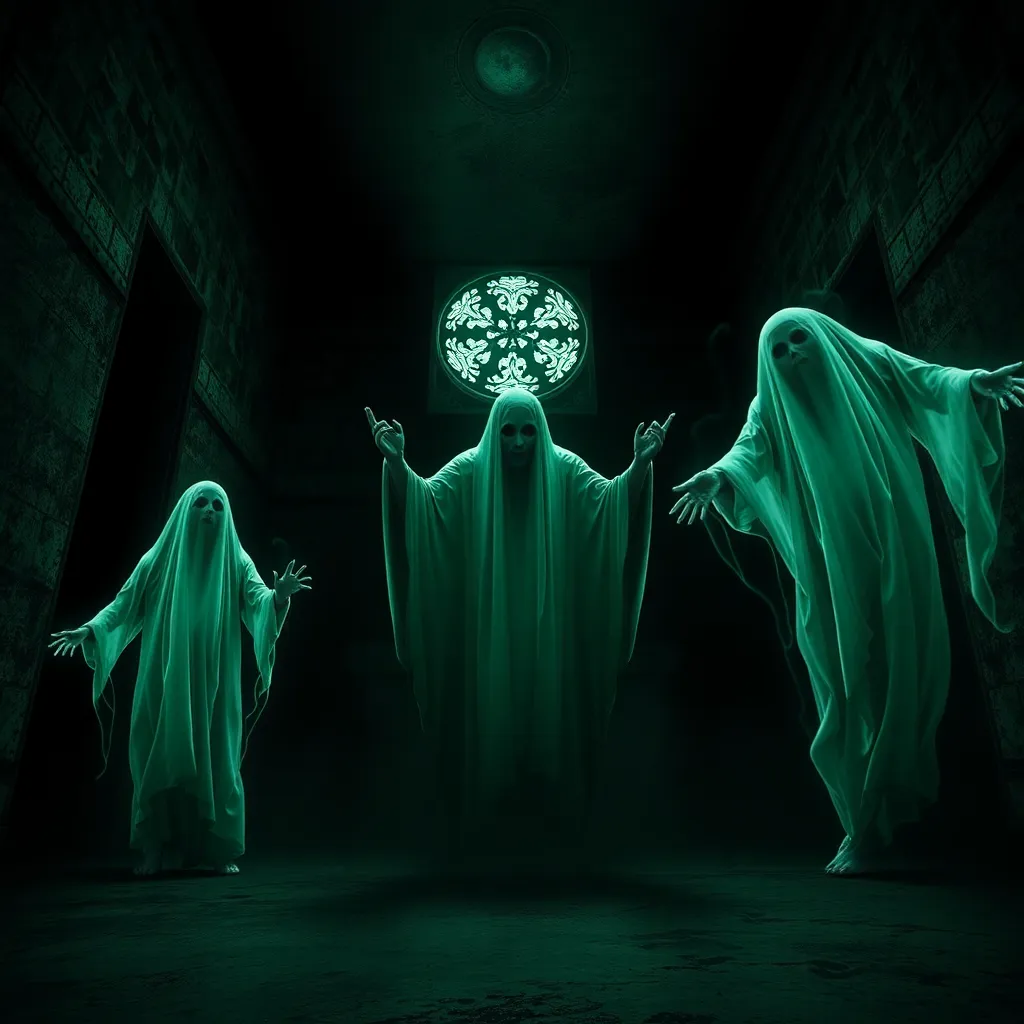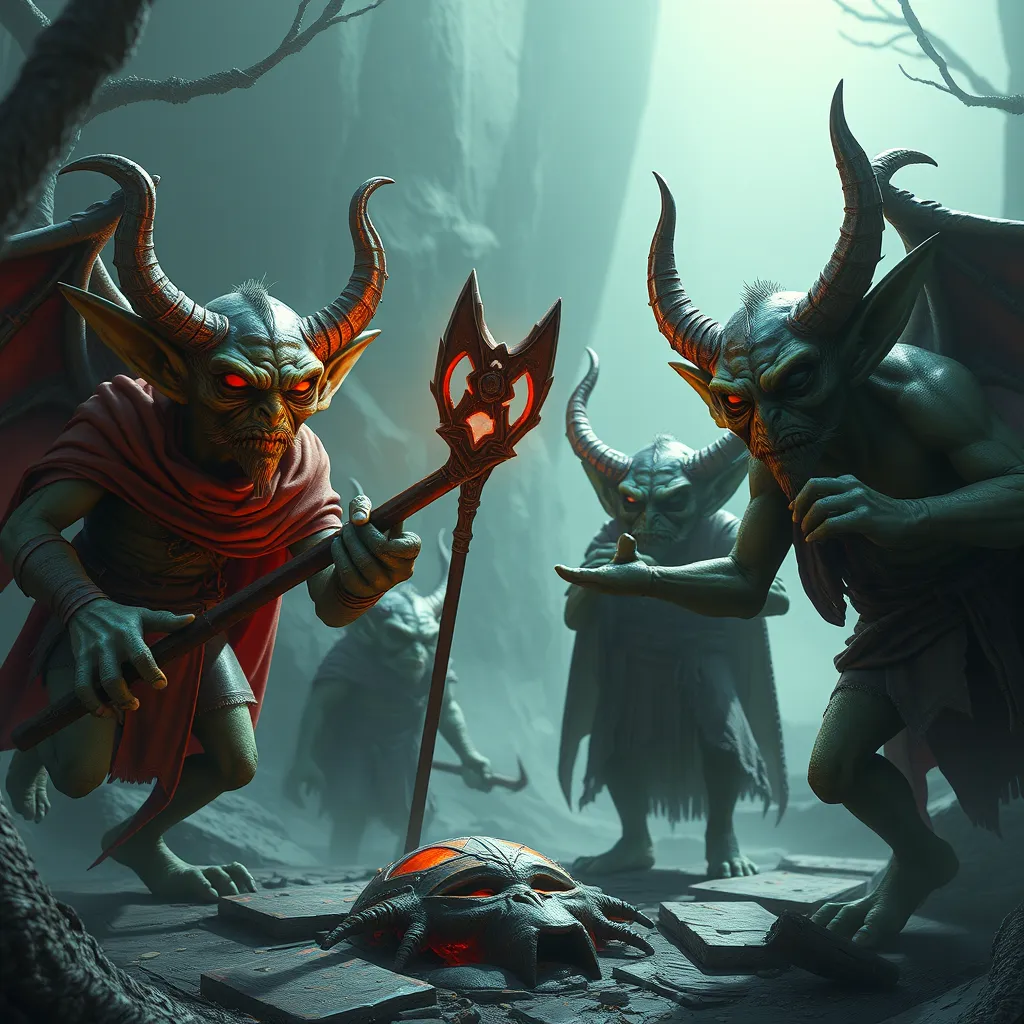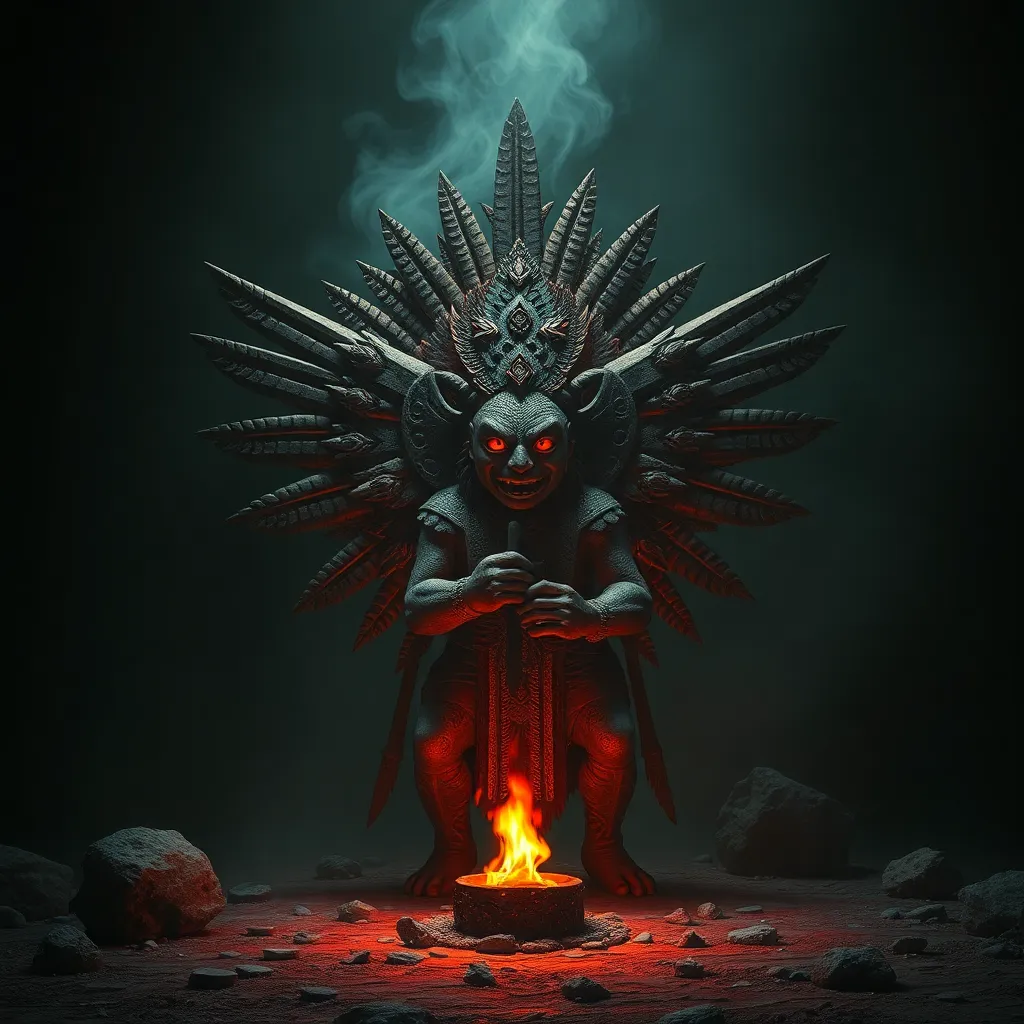The Sacred Heart of the Earth: Exploring the Symbolism of Coatlicue’s Heart as a Source of Life
I. Introduction
Coatlicue, the Aztec goddess often referred to as the “Mother of Gods,” holds a significant place in Aztec mythology. She embodies the duality of life and death, creation and destruction, and is revered as a nurturing yet fearsome figure. The symbolism of the heart, a powerful representation of life, takes on unique meanings not only in Aztec culture but across various civilizations. This article aims to delve into the deeper meanings behind Coatlicue’s heart, exploring its role as a source of life and its broader implications in both ancient and contemporary contexts.
II. Understanding Coatlicue: The Mother of Gods
Coatlicue, whose name translates to “Serpent Skirt,” is a central figure in Aztec cosmology. As the mother of gods, she is often depicted as a woman adorned with serpents, symbolizing her connection to the earth and its cycles.
- Historical Context: In Aztec mythology, Coatlicue is credited with giving birth to various deities, including Huitzilopochtli, the god of war. Her narratives highlight the importance of motherhood in the creation of the universe.
- Characteristics and Attributes: Coatlicue is often portrayed with a necklace made of human hearts and hands, representing her link to sacrifice and the sustenance of life. Her fierce appearance reflects her dual nature as a nurturing mother and a powerful deity.
- Role in the Cycle of Life: Coatlicue embodies the cyclical nature of existence, where life and death are intertwined. Her heart symbolizes the vital force that sustains life, illustrating the belief that creation emerges from destruction.
III. The Symbolism of the Heart in Indigenous Cultures
The heart is a universal symbol of life and vitality, transcending cultural boundaries. In indigenous cultures, it often represents the essence of being and is closely tied to the natural world.
- Universal Symbol of Life: Across various cultures, the heart is seen as the seat of emotions, wisdom, and life force. It is often associated with love, compassion, and the interconnectedness of all living things.
- Comparative Analysis: In many traditions, the heart signifies different aspects of life. For instance, in ancient Egyptian culture, it was weighed against a feather to determine one’s fate in the afterlife, while in Chinese culture, the heart is linked to the mind and spirit.
- Connection to the Earth: Many indigenous beliefs emphasize the heart’s connection to the Earth. It is seen as a metaphor for the planet’s life force, illustrating the relationship between humanity and the natural world.
IV. The Representation of Coatlicue’s Heart
Artistic depictions of Coatlicue and her heart are rich in symbolism and material significance.
- Artistic Depictions: Coatlicue is often depicted in sculptures and murals, showcasing her heart as a central element. These representations highlight her nurturing aspect and the importance of sacrifice in Aztec culture.
- Materials and Colors: The use of stone, clay, and vibrant colors in these artworks serves to emphasize the sacredness of Coatlicue’s heart. Red, often associated with life and blood, plays a prominent role in these depictions.
- Imagery Interpretation: The imagery of Coatlicue’s heart can be interpreted as a symbol of the life force that nourishes all beings. It signifies the interconnectedness of life, death, and rebirth.
V. Coatlicue’s Heart as a Source of Life
In Aztec spirituality, the concept of life force is integral to understanding the significance of Coatlicue’s heart.
- Life Force Concept: The Aztecs believed that the heart was the source of life energy, sustaining not only humans but the entire cosmos. Coatlicue’s heart embodies this life-giving force.
- Creation Myths: In various creation myths, Coatlicue’s heart is depicted as the origin of the sun and moon, emphasizing its role in the cycles of day and night and the agricultural seasons.
- Natural Elements Connection: Coatlicue’s heart symbolizes the vital connections between humanity and natural elements, illustrating how life is sustained through the Earth’s resources.
VI. The Dual Nature of Coatlicue’s Heart: Creation and Destruction
The heart of Coatlicue embodies the duality of creation and destruction, a theme prevalent in many indigenous narratives.
- Exploration of Dual Symbolism: Coatlicue’s heart represents the cycle of life, where creation arises from destruction. This duality reflects the natural world’s balance, where death is a precursor to new life.
- Balance of Creation and Destruction: The natural world thrives on this balance, as seen in seasonal changes and ecological cycles. Coatlicue’s heart serves as a reminder of the need for harmony between these forces.
- Modern Interpretations: In contemporary spirituality, the dual nature of Coatlicue’s heart is often reflected in practices that honor both life and death, emphasizing the interconnectedness of all existence.
VII. The Relevance of Coatlicue’s Heart in Today’s World
The symbolism of Coatlicue’s heart holds profound relevance in today’s context, particularly regarding environmental issues.
- Environmental Implications: The heart as a symbol of the Earth emphasizes our responsibility to care for the planet. It calls for a deeper understanding of our relationship with nature.
- Message of Sustainability: In the face of climate change, Coatlicue’s heart serves as a reminder of the importance of sustainable practices that honor the Earth and its resources.
- Reviving Ancient Wisdom: Incorporating indigenous teachings into modern ecological practices can guide us in creating a sustainable future, revitalizing the connection between humanity and the Earth.
VIII. Conclusion
Coatlicue’s heart serves as a powerful symbol of life, capturing the essence of creation and destruction in the natural world. Understanding its significance allows us to appreciate the interconnectedness of all beings and the cycles that govern our existence. As we honor indigenous symbols and teachings, we can find wisdom that guides us in today’s world, fostering a deeper connection to the Earth and promoting sustainability for future generations.



